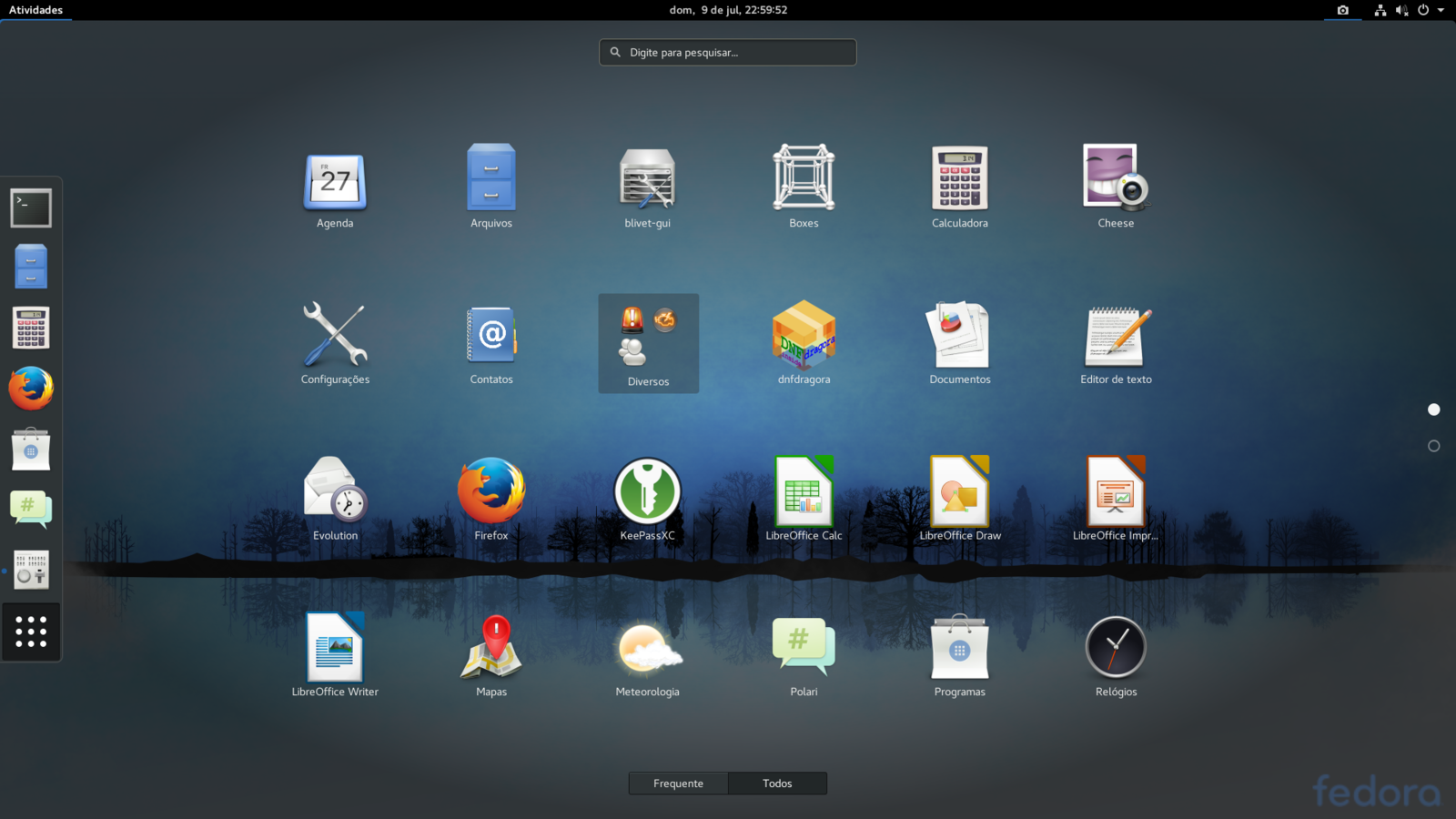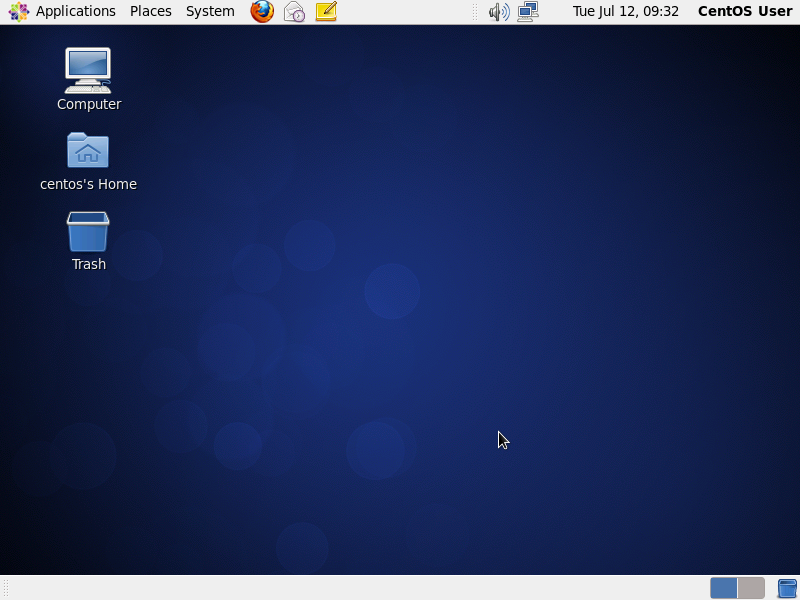Difference Between Fedora and CentOS
The different versions of Linux are in general known as Linux distributions. The concept of Linux distribution is very popular and is commonly goes by a Linux distro. One of the most interesting things is that Linux is only a kernel, not an OS, and what people generally perceive as Linux OS is actually a Linux distribution, or a Linux distro. But there is not just one unique Linux distro. Rather there are many, perhaps a few hundred Linux distros out there. This makes the task of choosing the right Linux distro for your needs easily an overwhelming task. To choose the right one, you must learn why they exist and why there are so many of them. That beings said, Fedora and CentOS are among the most preferred and widely used Linux distros. Both are RPM based distributions used in several package management systems. We pit the two Linux distros against each other to see which one’s better.
What is Fedora?
Fedora is a Linux-based operating system and among the most popular Linux distros in widespread use. Fedora owes its reputation to its big brother, Red Hat, which not only uses Fedora as the community edition of its distro but also as a prototype for development. Fedora was developed under the community-supported Fedora Project, which was founded in 2003 as a result of a partnership between Red Hat and volunteers from around the world. Fedora is maintained and updated by the community, sponsored and funded by Red Hat. Fedora is very popular with desktop users and enthusiasts, and is widely used by Free Software developers as well as commercial vendors. The installer of Fedora Linux is known as Anaconda. New versions of this distribution are released every few months with a lot of new features and tools.
What is CentOS?
Community Enterprise Operating System, otherwise known as CentOS, as the name suggests, is an example of a community compiled enterprise Linux distribution. Like most Linux distros, CentOS leverages the work done by thousands of software developers around the world who release their software under free and open source (FOSS) licenses. CentOS is a community of open source contributors and users. It is derived from the source code of the Red Hat Enterprise Linux (RHEL), which is developed and maintained by the CentOS Project community. They make security and software updates and quality assurance measures to maintain the stability of the distribution. CentOS is binary compatible with the RHEL because it was built using the source code of the RHEL. CentOS is known not only for its RHEL roots but also for its compatibility, stability, quality, and support.
Difference between Fedora and CentOS
Basics of Fedora vs. CentOS
– Fedora is a Linux-based operating system developed and maintained by the community-backed Fedora Project, which was founded in 2003 as a result of the partnership between Red Hat and volunteers from around the world. The community is sponsored and funded by Red Hat. CentOS, short for Community Enterprise Operating System, is a community compiled enterprise-grade Linux distribution maintained by a community of open source contributors and users from around the world.
Stability
– Being backed by the world’s second biggest Linux kernel contributor, Red Hat, Fedora handpicks updates for stability and it applies the same philosophy as Red Hat to picking kernel patches and such, and they release new versions far more often than any other distribution. CentOS is derived from RHEL with all of Red Hat’s trademarks stripped out and it includes software from the most respected and mature projects in the Open Source world. CentOS is slightly more stable than Fedora.
Package Manager
– Both Fedora and CentOS are RPM based Linux distros. Fedora includes under 20,000 packages maintained by a single global repository containing only free software applications. It uses a package management system with several high level tools built on top of it, most notably the PackageKit (GUI) and Yum (Command Line). CentOS, on the other hand, focuses more on stability than being up-to-date. This is why it ships with older versions of packages to ensure stability over anything else. Yum is the default package manager used in CentOS.
Target Audience
– Fedora is intended for those who would prefer an entirely open source version without commercial support and it is very popular with desktop users and enthusiasts, and is widely used by Free Software developers as well as commercial vendors. CentOS highly favors stability and is a good choice to learn Linux not only for its RHEL roots but also for its compatibility, quality, and support. Additionally, it’s a good product, benefiting from Red Hat’s years of work with Linux and it’s easy to manage.
Fedora vs. CentOS: Comparison Chart
6 93″ src=”http://www.differencebetween.net/wp-content/uploads/2019/05/Fedora-vs-CentOS.jpg” alt=”” width=”550″ height=”626″>
Summary of Fedora vs. CentOS
CentOS is the community enterprise operating system which is derived from Red Hat Enterprise Linux with all of Red Hat’s trademarks stripped out. Additionally, it is more secure and stable than Fedora and a lot cheaper than RHEL. It benefits from Red Hat’s years of work with Linux, and it’s stable and easy to manage. Fedora, even though, releases new versions far often, is not recommended for production use and many developers hesitate to rely on it. CentOS, on the other hand, favors stability over everything else and it is a good choice to learn Linux because of its quality and support.
- Difference Between Caucus and Primary - June 18, 2024
- Difference Between PPO and POS - May 30, 2024
- Difference Between RFID and NFC - May 28, 2024
Search DifferenceBetween.net :
Leave a Response
References :
[0]Takemura, Chris and Luke S. Crawford. The Book of Xen: A Practical Guide for the System Administrator. San Francisco, California: No Starch Press, 2010. Print
[1]Sicam, Chivas, et al. Foundations of CentOS Linux: Enterprise Linux On the Cheap. New York City: Apress, 2009. Print
[2]Masters, Jon and Richard Blum. Professional Linux Programming. Hoboken, New Jersey: John Wiley & Sons, 2007. Print
[3]Image credit: https://commons.wikimedia.org/wiki/File:CentOS_6.0.png
[4]Image credit: https://commons.wikimedia.org/wiki/File:Screenshot-fedora26-apps.png


